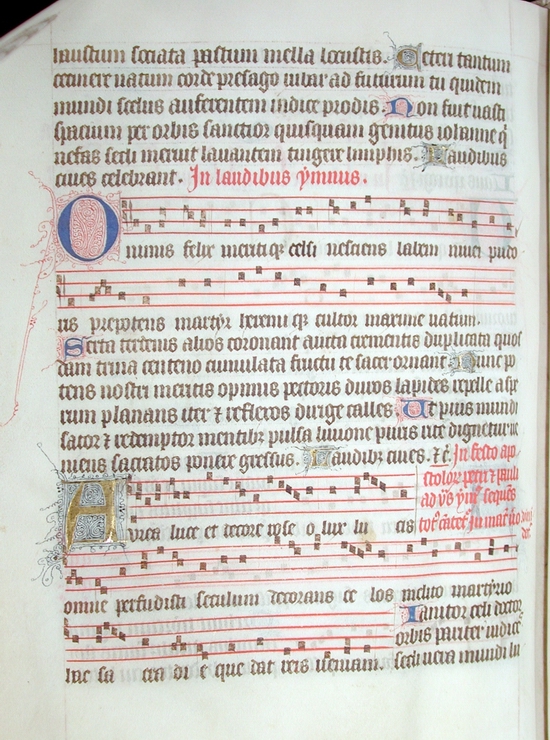The Lenten Array. The adopting of this striking custom during the forty days of Lent is strongly urged as an alternative to prolonging the Septuagesima colour until Easter Even and Holy Week. The Lenten array is not a colour, but is a shrouding or veiling of the colours and gilt as far as possible during that season of the Church's year when the more enervating things of life are laid aside for a time by devout churchmen. Materials of unbleached linen or light-toned holland are used to veil reredoses, pictures, images; and crosses may be veiled in like manner. All these veils may be relieved with symbolic devices stencilled in red, black, or blue; or motifs may be cut out in red, blue, and black felt and applied to the veils. The symbol on the veil should give some hint of the nature of the thing that is veiled. Thus a reredos connected with the Blessed Virgin Mary could have some emblem of our Lady on it. The chasuble and the frontal for Lent will also be of the same material. Dalmatics and tunicles should not be worn. Where there is a triptych, its leaves can be folded and their backs painted to tone with the Lenten array.
Care must be taken that too many devices or symbols are not introduced on to the hangings and veils, or the austerity of the Lenten symbolism will be lost and it will give a 'festive' rather than a restraining atmosphere to the interior of the church.
For the last two weeks of Lent, starting with Passion Sunday, the frontals and the chasuble are replaced by those of Passiontide red with black orphreys, but the veils remain in situ until Easter Even. The red used during Passiontide should be crimson and not vermilion.
The Veiling of Crosses during Lent. It is sometimes asked why crosses and crucifixes are veiled during Lent and Passiontide, that is, at the season when the Cross and Passion are supposed to be predominant in the Church's teaching. Until the eleventh century crucifixes showed Christ reigning and alive on the Cross, with the wounds in his hands and feet glorified by emergent rays or scintillating jewels; and his body was clad in the colobium or kingly raiment and the head was crowned with a diadem.
From the twelfth century popular piety gradually turned to the personal, emotional aspect of pity for the crucified Lord. This frame of mind found no emotional stimulus in contemplating the triumphant Christ on the cross. Hence the custom of veiling the 'Christus Rex' type of crucifix during that season when it was particularly desired to think upon the sufferings and anguish of the Saviour rather than upon his triumphs.
The growing devotion to the Passion of Christ in the later Middle Ages resulted in a change of style in crucifixes and gradually there evolved the type of crucifix showing Christ as the Man of Sorrows with his head crowned with thorns and in the anguish of death. (To the same period belongs the Latin hymn, Salve caput cruentatum, ascribed to St. Bernard of Clairvaux, and known to us in English as 'O sacred head, sore wounded'.) Whereas in the earlier centuries there was considerable reluctance to portray the crucifixion in a realistic manner, by the fourteenth century the custom of veiling all crosses and images during Lent and Passiontide had become so firmly established that it was applied to the later and more realistic type of crucifix also. But there would seem to be a need for a more intelligent discrimination in this matter. A cross showing Christ as the Man of Sorrows might be left unveiled during Lent and Passiontide, while the type that depicts the triumphant Lord or 'Christus Rex' should be covered.
There are some images at that link; I really like the first one especially.
Other pictorials of the Lenten array:
- Full Homely Divinity
- This Flickr page with the header "North Cerney, Gloucestershire - high altar lenten array" (there are several images on the same page, all tagged with "lentenarray"; I especially like this one, labeled "Sarum Cathedral."
- Another Flickr Lenten array tags page is here)
- New Liturgical Movement has some photos, too (of course!)
The person who put up the NLM images, Lawrence OP (I assume therefore a Dominican brother), grants the "Some rights reserved" license (thank you, sir!), so I can show you some of these images:






















